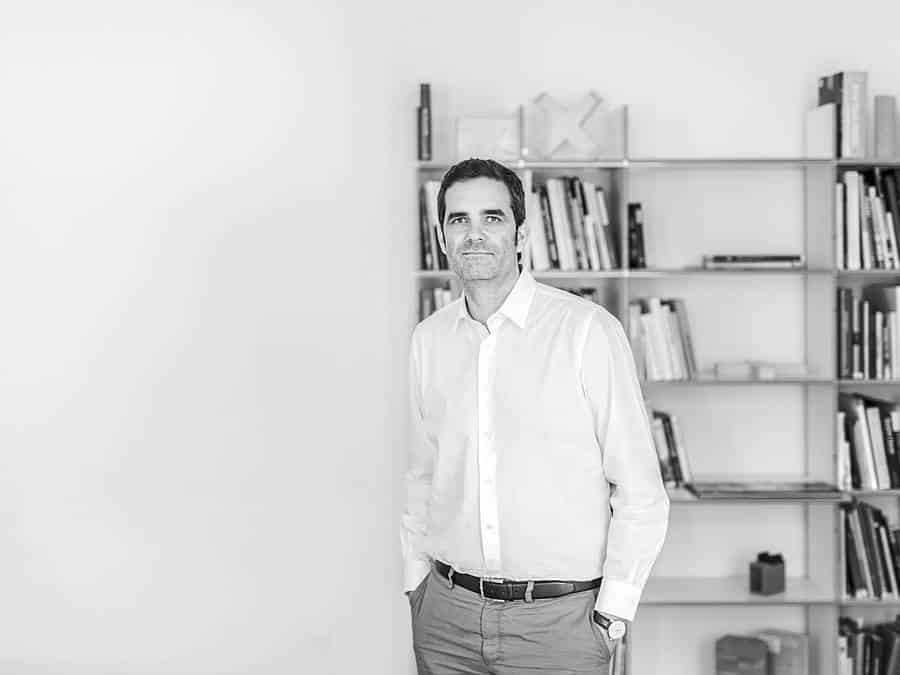
Stories
Digital minds: Mathias Kutt
Mathias Kutt is a Product Developer at Heinze. The company has been Germany’s leading information partner for construction and fittings products for 50 years.
FORMLINER
How does your company approach BIM?
MATHIAS KUTT
For Heinze, BIM has steadily grown in importance over the last two and a half years. We are getting more questions from clients that are asking: “Do I have to do that as well?”. That’s why we decided to position ourselves. At the end of 2015, we set up a beta platform for exchanging BIM projects, and marketed it more intensely at the beginning of the year with two marketing campaigns.
FORMLINER
How was the platform received?
MATHIAS KUTT
A bit more reluctantly than we had hoped. We are currently evaluating online surveys completed by our users. We believe that this topic is here to stay, and we want to get involved. But the planning community as a whole has not yet got to grips with BIM.
FORMLINER
Why do you think that is?
MATHIAS KUTT
On the one hand, the definition: BIM is not a new CAD format, but a process for digital data exchange. Not many planners actually know that. On the other, BIM is based on expensive technology: your CAD system needs a considerable update, which could quickly add up to 7,000 to 8,000 euros. These costs are contrasted with relatively low use: BIM cannot be completely used for all projects and with all parties involved, as specialist planners or other partners aren’t working to the same standards. Then you have a three-dimensional model that cannot yet be fully used.
FORMLINER
Britain is often praised on the international stage. What have the brits done differently?
MATHIAS KUTT
The British government made the digital exchange of data mandatory for the construction industry. They are working hard on process optimization. In Germany, BIM is not mandatory, we just have the Ministry of Traffic’s step-by-step plan. It intends to establish BIM for infrastructure construction projects by 2020.
This obligation in Britain is based on one decisive factor: the planning scene on the island is mostly made up of large companies that include all disciplines – structural engineers, construction physicists etc. They only have to invest in BIM once and can then roll it out to all interfaces and use it as a complete solution. In Germany, however, we have tens of thousands of small companies with an average of 1 to 4 employees. For them, introducing BIM is a huge investment. And in this fragmented planning market, the competitive attitude is stronger than the belief in mutual benefit.
FORMLINER
In your opinion how could BIM be better established in germany?
MATHIAS KUTT
When considering the fractured planning community as mentioned, we believe that the push has to come from developers. Many large clients such as BMW and Siemens already require that architects plan their projects using BIM. When clients express these wishes to their planners, it will become necessary to set aside a budget for BIM.
CAD software producers must also open up to the topic, and accept and use standardized data formats for BIM. Many producers are facing the question of how to actually generate files for the BIM platform. For example, how does a door manufacturer create BIM files that include measurements, prices and three-dimensional model drawings of their doors? It’s not just about software, it’s also about know-how. We think that new areas of business are opening up for service providers that set up and catalogue product databases of BIM files for manufacturers.

